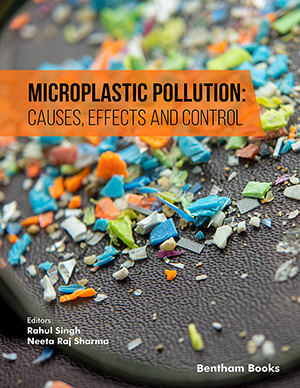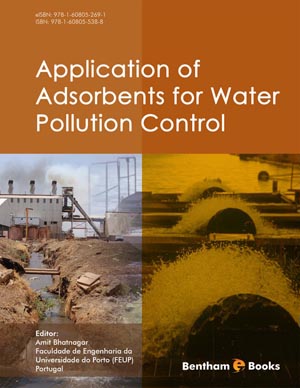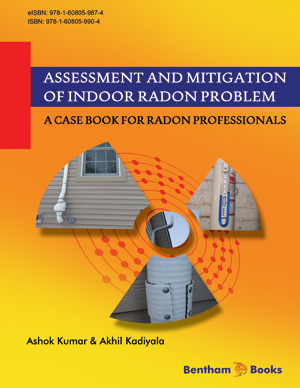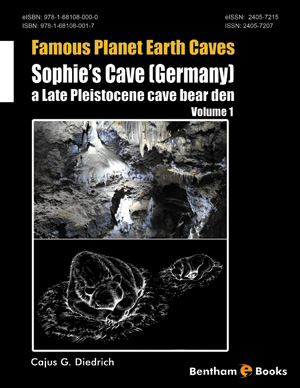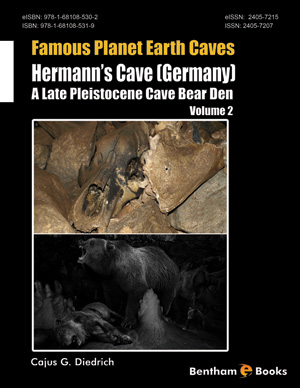Abstract
The estimation of microplastic pollution in the terrestrial and aquatic
ecosystem is carried out by quantification and identification of the contaminated
environment. Microplastic estimation consists of various steps such as sampling,
visualization and quantification. Generally, the planktonic net, bongo net, manta net,
and neuston net have been used for water sampling. While, grab samplers, tweezers,
tablespoons, trowels, shovels, spatulas, or hand picking methods have been used for soil
and sediment sampling. The biological sample from the study sites comprises the direct
collection of the whole organism or its colony as a sampling unit. However all samples
are required to be processed further to extract the microplastic using techniques such as
filtration, density extraction, digestion, and magnetic & electrostatic extraction. The
digestion method is used for direct characterization such as thermal gravimetric
analysis. The identification of microplastic is based on microscopic images which
provide the shape, size, colour, and texture of the microplastic surface. Visual
identification using microscopes is time-consuming and susceptible to human error as
well as a risk of misidentification, which leads to underestimation or overestimation of
microplastic pollution. Spectroscopic methods such as ATR-FTIR, µ-FTIR and Raman
spectroscopy provide identification and quantification of synthetic polymer. Advance
combined analytical techniques have been reported during the last few years such as
portable micro-Raman, SEM-FTIR, Pyr-GC-MS, TGA-DSC, and PEE. Priority and
care are essential concerning the sampling, storage and handling microplastic
samples for the QA/QC for accurate analysis. The present chapter aims to provide a
comprehensive overview of the current knowledge of tools and techniques used for
microplastic inquiries from an environmental sample.
Keywords: Aquatic ecosystem, Biota, Density extraction, Environment, Extraction, Electrostatic separation, Filtration, FTIR, Grab sampler, Identification, Magnetic extraction, Microplastic, Planktonic Net, Pyr-GC-MS, QA/QC, Quantification, Raman spectroscopy, SEM, Sampling, Sediment, Sample processing, Terrestrial ecosystem.


